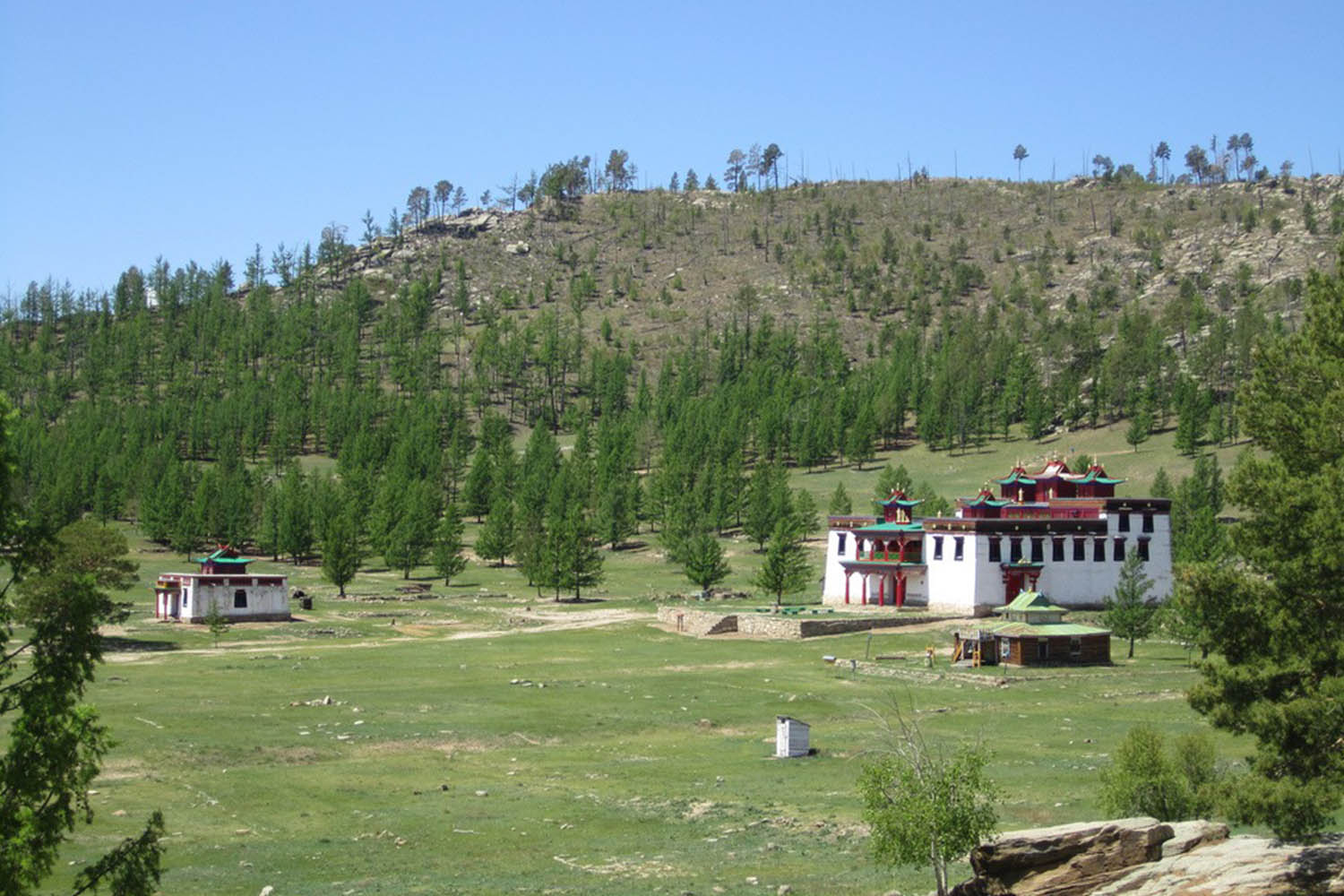
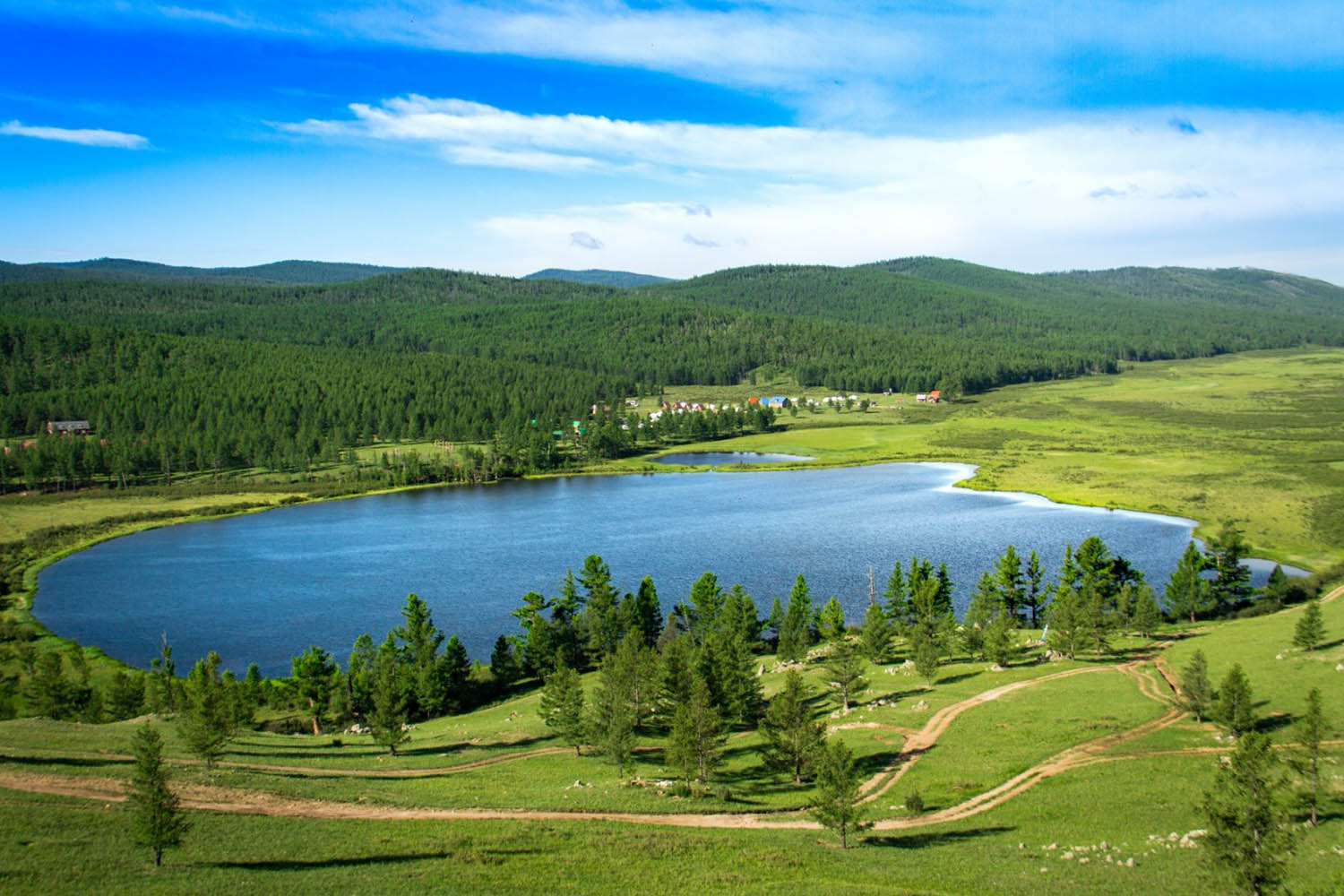
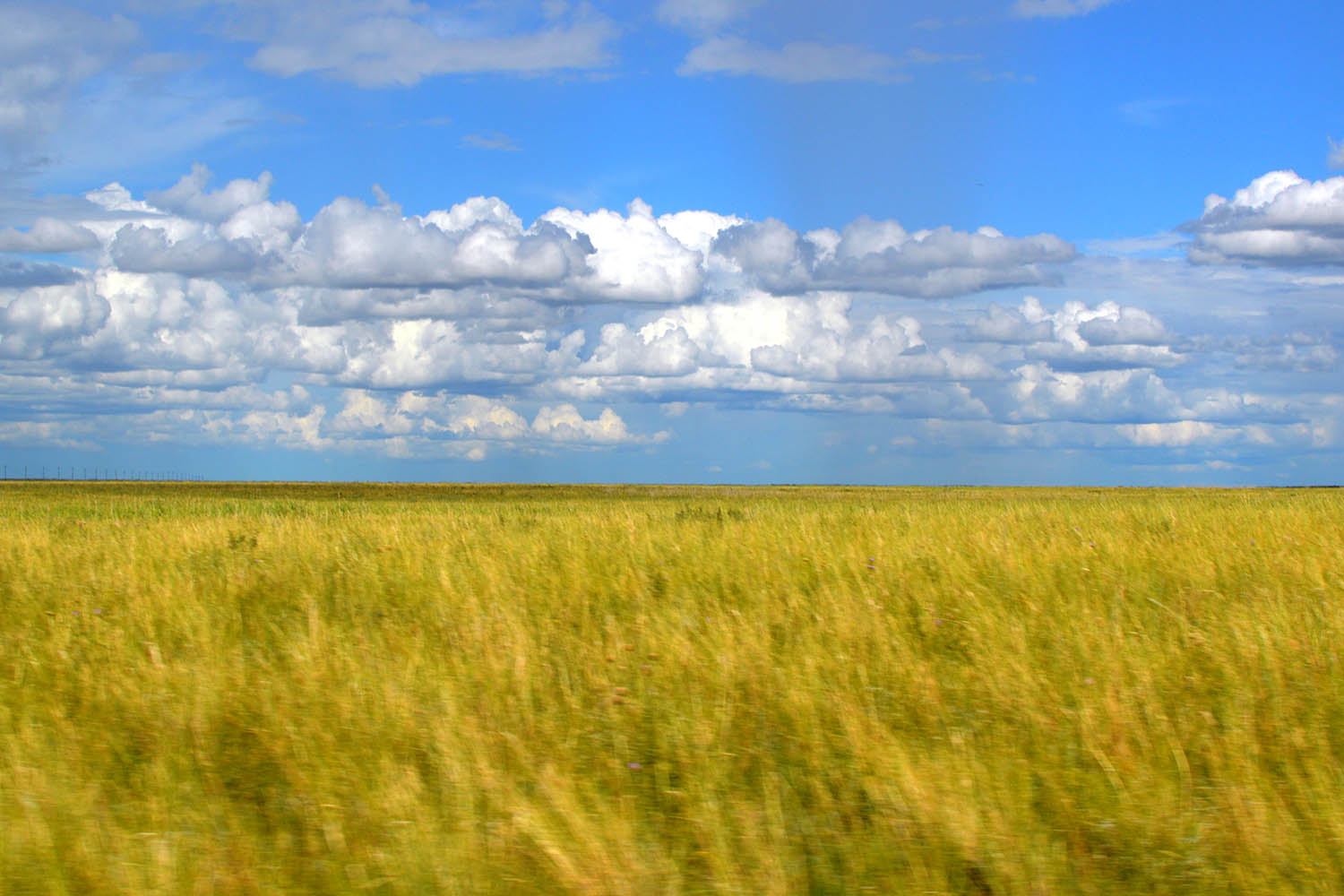

Baldan Bereeven Monastery (Mongolian: Балдан бэрээвэн хийд) is a Gelugpa (Yellow Hat) Buddhist monastery located in the Baruun Jargalant River valley Ömnödelger district, Khentii Province, Mongolia. First established in 1654, the monastery grew to be one of the largest and most important in Mongolia at its height in the mid 19th century, housing up to 8000 monks. The monastery and temple complex were destroyed by Mongolia’s communist regime in 1937.
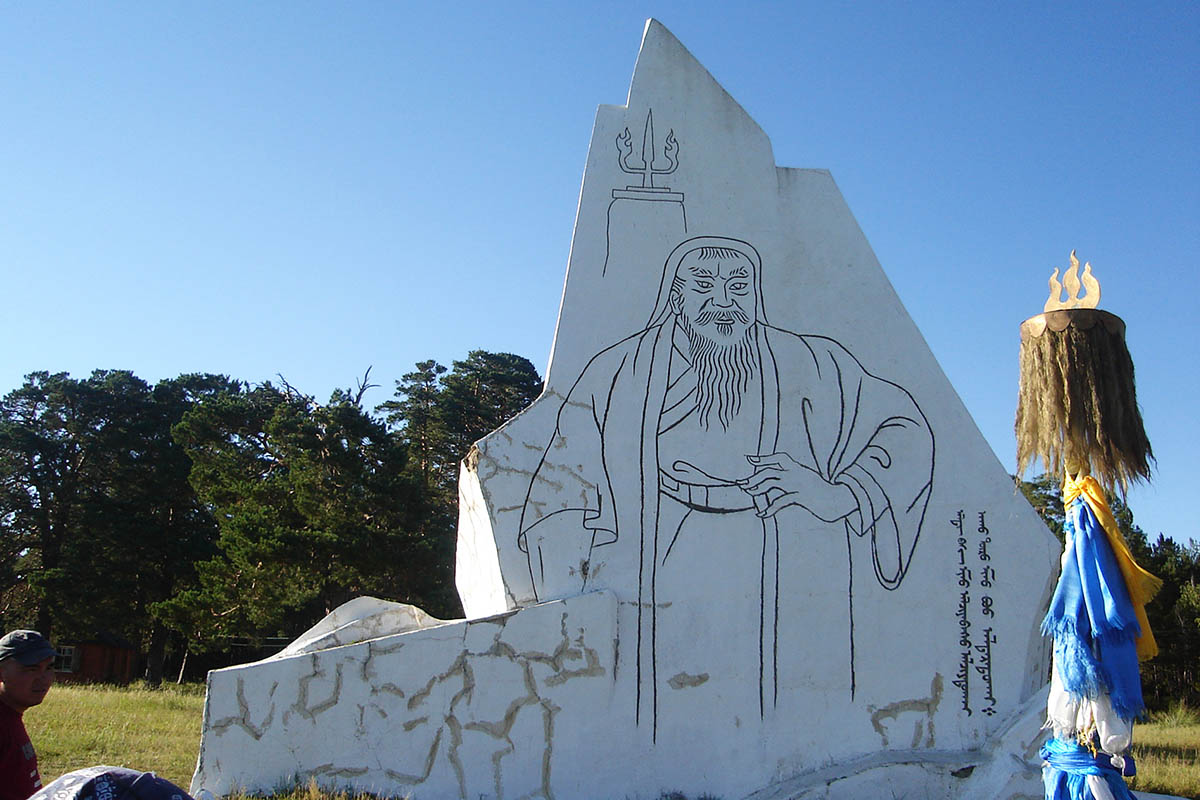
Dadal – the birthplace of Genghis Khan – Temuujin (Genghis Khan) was born into the family of Yesugei Baatar in 1162 at a place called Deluun Boldog by the Onon river in Dadal soum of Khentii aimag. Beginning from 1185, Temuujin directed a military campaign to unite the Mongolian people, which was at that time divided into more than 80 feuding ethnic clans. Finally in 1206 the Great Mongol Empire was established and Temuujin was declared Genghis Khan which meant “Great Khaan”. There are two monuments dedicated to Genghis Khan. One is a large rock in Deluun Boldog with an inscription in old Mongol script marking the birthplace of the Great Khaan. The other monument was inaugurated in 1962 to commemorate the 800th anniversary of Genghis Khan’s birth. It is a life-size figure of Genghis Khan carved on a white stone in the shape of mountain peaks engraved with old Mongol script.
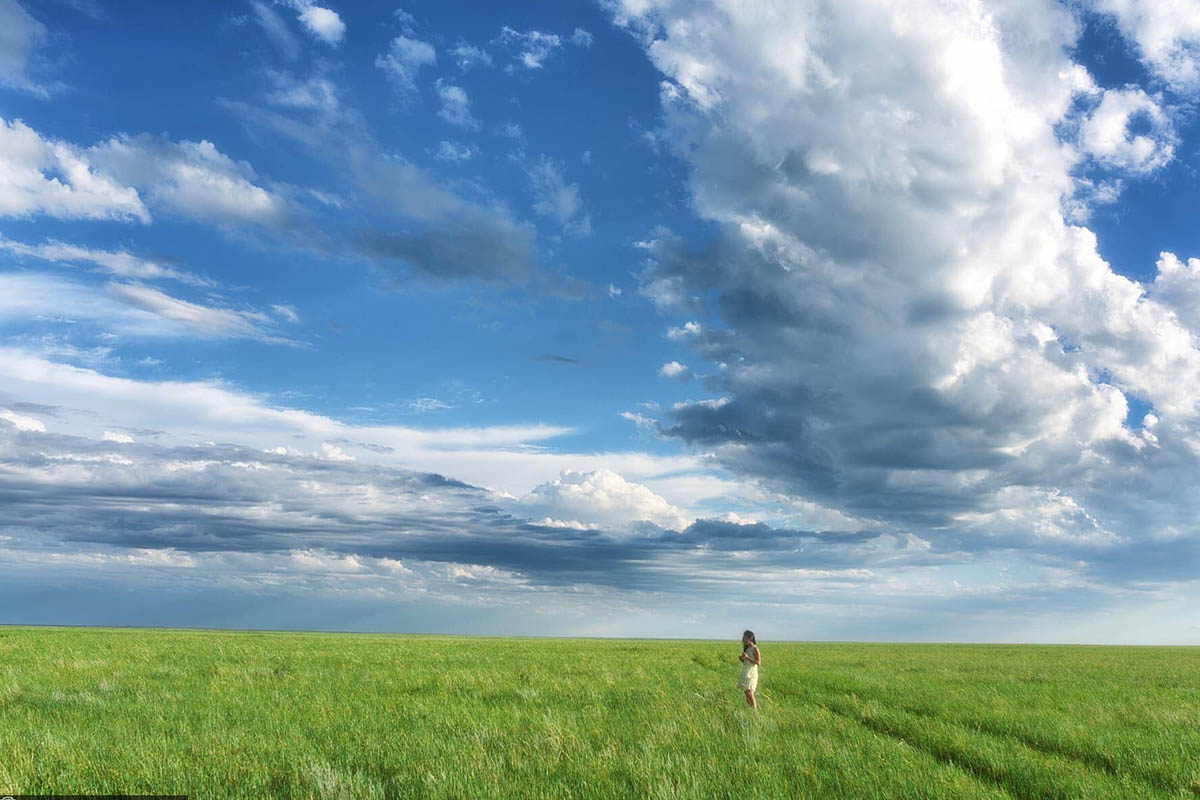
The Menen steppe is the largest in the country and is located in Dornod province. The grasslands are located west of Buir Lake and are over 90 km long and over 60 km wide. The grasslands have been home to abundant grazing plants, antelopes, wolves, and rare animals. Mongolian antelopes usually graze, and hundreds of antelopes flock here to spend the winter here. In the Menen Steppe you can see the beauty of vibrating perennial, nutritious and segmented grasses. What a grassy sea! The Aymag in the eastern region is home to the Mongolian antelope, which is now very rare in the world. Half of Mongolia’s three million antelopes are herded only in the Dornod province.
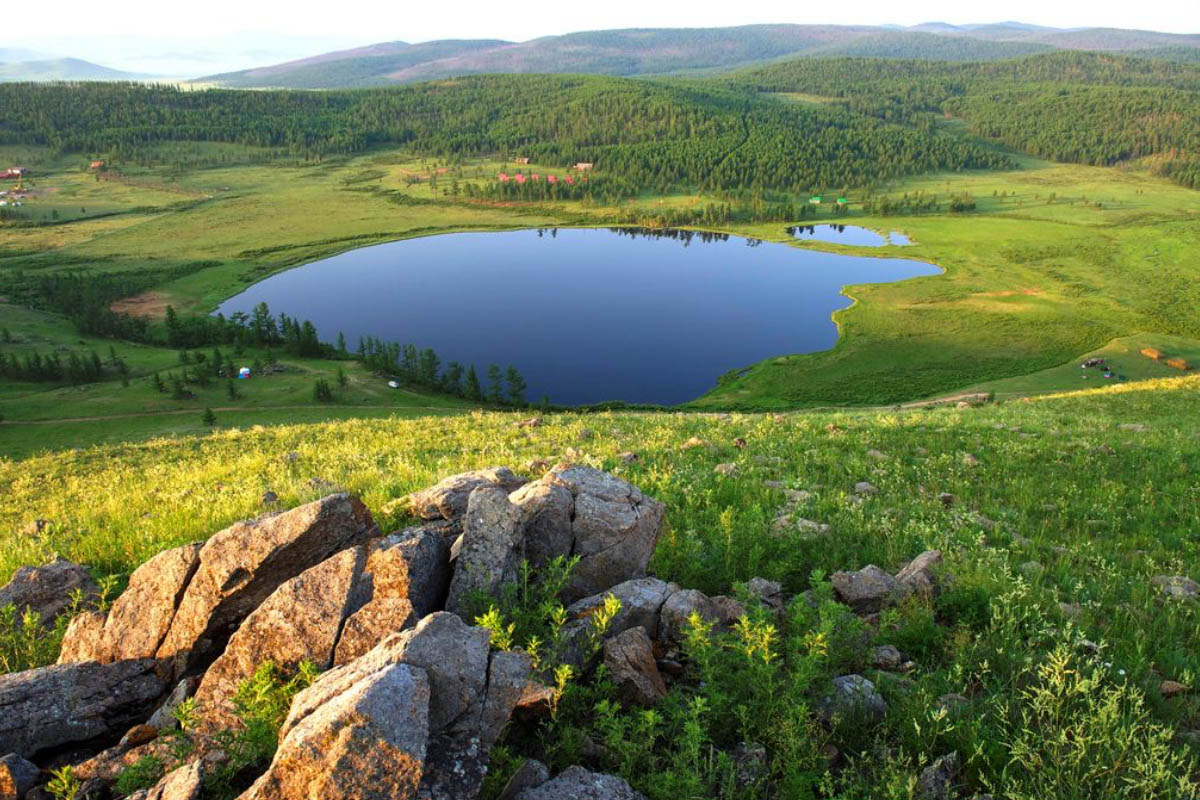
This lake is situated in Khan Khentii National Park and surrounded forested Mountains. A fresh water Lake Khukh which consists of 2 lakes, linked underground, is located on south of Mount Kharzurkh 1675m above sea level. Area around the lake is a place of natural beauty surrounded by a mountain and is abundant of various species of animal and vegetation. This lake is related to the history of Genghis Khan. From 1185, Temujin led military campaigns to unite the Mongols, who at that time were divided into over 80 tribes. In 1189, he was elected King of all Mongols by the Black Heart Blue Lake associates and given the title of Genghis (Chinggis) Khan.
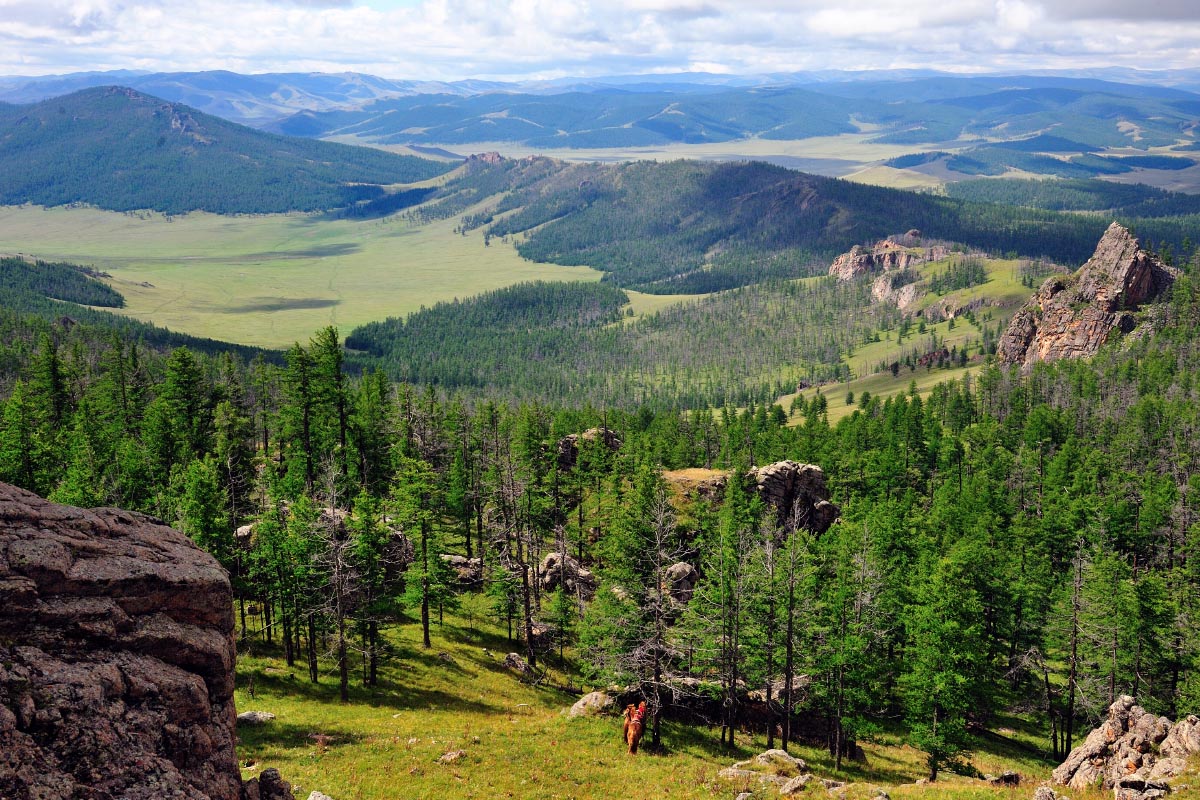
The Khan Khentii Strictly Protected Area is located in the Khentii Mountains, declared by UNESCO as world heritage site and includes the sacred Burkhan Khaldun mountain. This is considered to be the birthplace of Genghis Khan, as well as one of the rumored locations of his tomb. Khan Khentii is covered with forests and mountain forest meadows. The park’s most spectacular features are its massive granite boulders, extraordinary scenery, and wildflower-rich cliffs and meadows. This location is perfect for hiking, fishing, and exploring wildlife.

